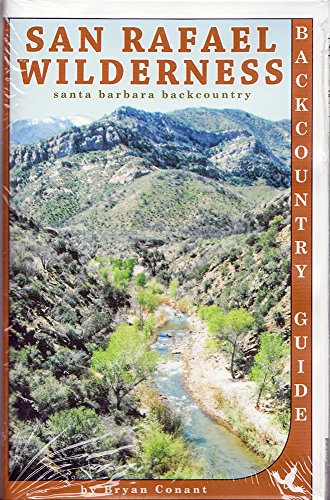Today Doug Paul, Paradox and I met to do the GPSr bakeoff, hiking up the Greeley Pond Trail to the lower pond and back with a variety of equipment. I suspect that Doug Paul will post a description of the experiments.
It was a gorgeous fall day, and we were finished (including downloading tracks to a laptop) a little after 1 PM. We decided to hike up Tecumseh.
Rather than drive up to the ski area I suggested that we take the Pipeline XC ski trail. It is not well known, but allows hikers to do an interesting Osceola-Tecumseh loop with one car: Greeley Ponds to Osceola Trail, over both peaks to Tripoli Road, down road to Tecumseh trailhead, and over Tecumseh to ski area. From there the Pipeline Trail affords a short (0.5 miles) way back to Depot Camp. (Note: We only went up Mt. Tecumseh. I mention the longer loop as it is an interesting loop that uses the Pipeline Trail.)
There is not much to say about the Tecumseh Trail, we followed the trail all the way to the summit, and left the summit by the Sossman Trail (i.e. we looped over the summit). I suggested that we continue on the Sossman Trail and go down the ski slopes, a trip I find very enjoyable in foliage season. The Sossman Trail has two fine outlooks, one to the west and the other, with a bench, to the east. On the eastern outlook we met a couple who were planning to go down the ski trails; this is the first time I have met other hikers on the Sossman Trail.
Going down the ski slopes we had great views of the surrounding mountains with their foliage. The views changed with changes in the light and with our loss of elevation.
This trip report is mainly a plug for the full Sossman Trail in all seasons. Steve Smith and Mike Dickerman, in their book The 4000-Footers of the White Mountains write:
After the hike we went to my place where Doug completed the downloading of the tracks, and perhaps we drank a beer or two.
A very enjoyable day; good company and great views. What more can one ask for?
It was a gorgeous fall day, and we were finished (including downloading tracks to a laptop) a little after 1 PM. We decided to hike up Tecumseh.
Rather than drive up to the ski area I suggested that we take the Pipeline XC ski trail. It is not well known, but allows hikers to do an interesting Osceola-Tecumseh loop with one car: Greeley Ponds to Osceola Trail, over both peaks to Tripoli Road, down road to Tecumseh trailhead, and over Tecumseh to ski area. From there the Pipeline Trail affords a short (0.5 miles) way back to Depot Camp. (Note: We only went up Mt. Tecumseh. I mention the longer loop as it is an interesting loop that uses the Pipeline Trail.)
There is not much to say about the Tecumseh Trail, we followed the trail all the way to the summit, and left the summit by the Sossman Trail (i.e. we looped over the summit). I suggested that we continue on the Sossman Trail and go down the ski slopes, a trip I find very enjoyable in foliage season. The Sossman Trail has two fine outlooks, one to the west and the other, with a bench, to the east. On the eastern outlook we met a couple who were planning to go down the ski trails; this is the first time I have met other hikers on the Sossman Trail.
Going down the ski slopes we had great views of the surrounding mountains with their foliage. The views changed with changes in the light and with our loss of elevation.
This trip report is mainly a plug for the full Sossman Trail in all seasons. Steve Smith and Mike Dickerman, in their book The 4000-Footers of the White Mountains write:
If you go to its end and return to the main trail it adds 1.2 miles (0.6 each way) to a very short hike, giving you views far superior to the minimal ones available on the summit. The ski slopes are a very attractive option in the fall; in other seasons I am satisfied with the views from the two outlooks on the Sossman trail.Arguably, the mountain's most stunning vistas are those obtained from the viewpoints established several years ago along the ridgeline Sossman Trail.
After the hike we went to my place where Doug completed the downloading of the tracks, and perhaps we drank a beer or two.
A very enjoyable day; good company and great views. What more can one ask for?
Last edited:

































![Grand Teton Day Hikes and National Park Map [Map Pack Bundle] (National Geographic Trails Illustrated Map)](https://m.media-amazon.com/images/I/41DB0jvRnbL._SL500_.jpg)









![Yellowstone National Park [Map Pack Bundle] (National Geographic Trails Illustrated Map)](https://m.media-amazon.com/images/I/51kGuJ72qjL._SL500_.jpg)
















